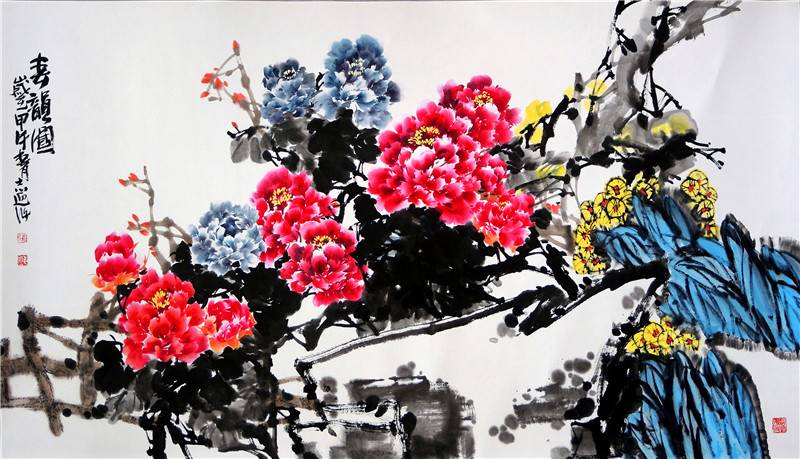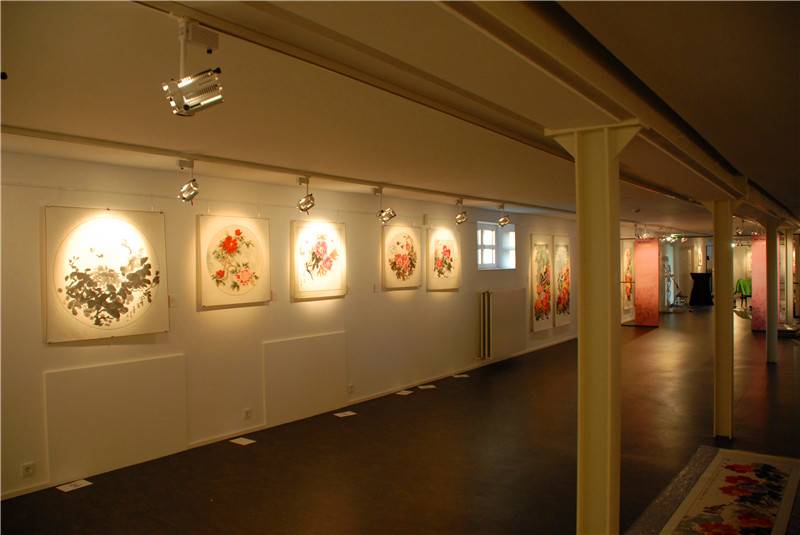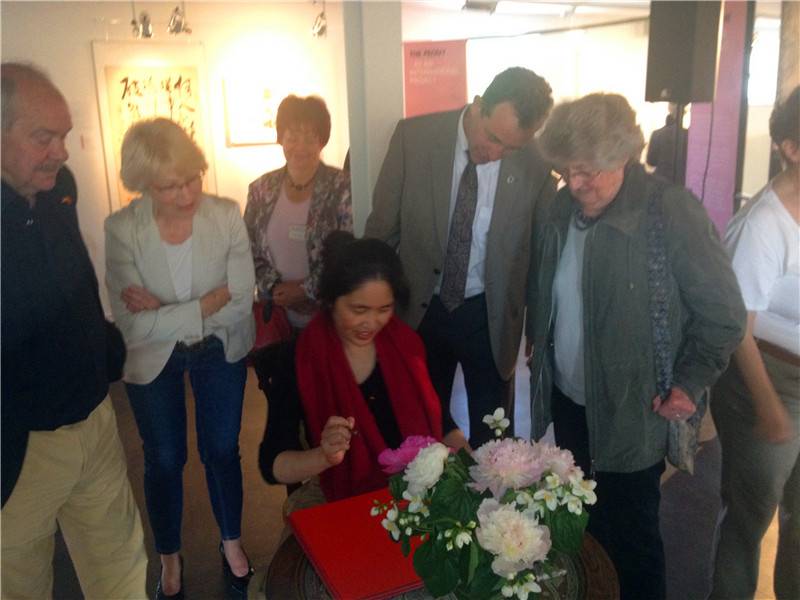Peony – the flower, which grows nowadays mainly in botanical and private gardens – has a fascinating place in the cultural and medicinal history of China and Germany.
In both countries the peony was used in herbal medicine. The 8th century “Lorsch Pharma-copeia” (included in UNESCO’s Memory of the World Register), the oldest collection of classical remedies used in the early Middle Ages in Europe, refers to the medicinal use of the peony. The Benedictine Monks of Lorsch Abbey, now a WHS, introduced this plant from southern Europe, therefore the peonies are named as “Benedictine rose”. The City of Lorsch celebrates this connection by creating an international peony garden and by naming a new variety, Paeonia lactiflora laureshamensis after the Lorsch Abbey.

In China, the peony, which is still used as important ingredient in herbal medicine, has inspired artists and poets for more than 3000 years. Known as the “emperor of flower” the peony is a symbol for prosperity and nobility.
Based on this shared background, the Global Geopark Bergstrasse-Odenwald and the City of Lorsch have developed an intercultural project in partnership with Global Geopark Mt. Lushan (China) and the WHS Lorsch Abbey (Germany). The project consists of four phases: 1 peony arts exhibition; 2 peony garden in Mt. Lushan according to the Lorsch peony garden; 3 exchange of experience, plants and research; 4 development of thematic touristic travel packages following traditions in both countries.

As first phase, the peony arts exhibition took place from June to August 2014 in the city of Lorsch. During the months before, the Global Geopark Mt. Lushan organized a competition and collected 70 art works, created by 33 contemporary artists. They include poetry, calligraphy, ink drawings and paintings targeting the importance of the peony in China during the centuries. The art pieces have been conducted in Germany to an exhibition, which was opened during the Geopark and WHS Day on the 1st of June. The ceremony was attended by representatives from the Federal Government of Hessen, the Global Geopark Mt. Lushan and the Chinese Council for Culture. During the three month long exhibition, the visitors have been provided with unforgettable insights into traditional and contemporary Chinese arts as well as the peony’s role as a bridge between continents.

The project is continued in 2015 with the implementation of a peony garden in the Global Geopark Mt. Lushan. The partners are currently working on the planting concept, which includes the donation of 70 peony plants from the German partners - equivalent to the 70 art pieces presented in the exhibition including - of course - Paeonia lactiflora laureshamensis.









